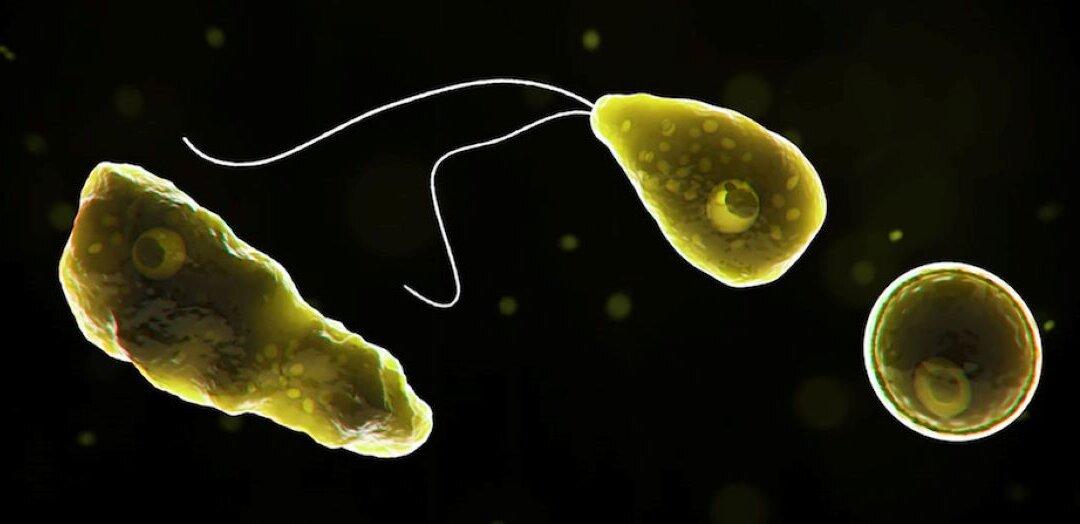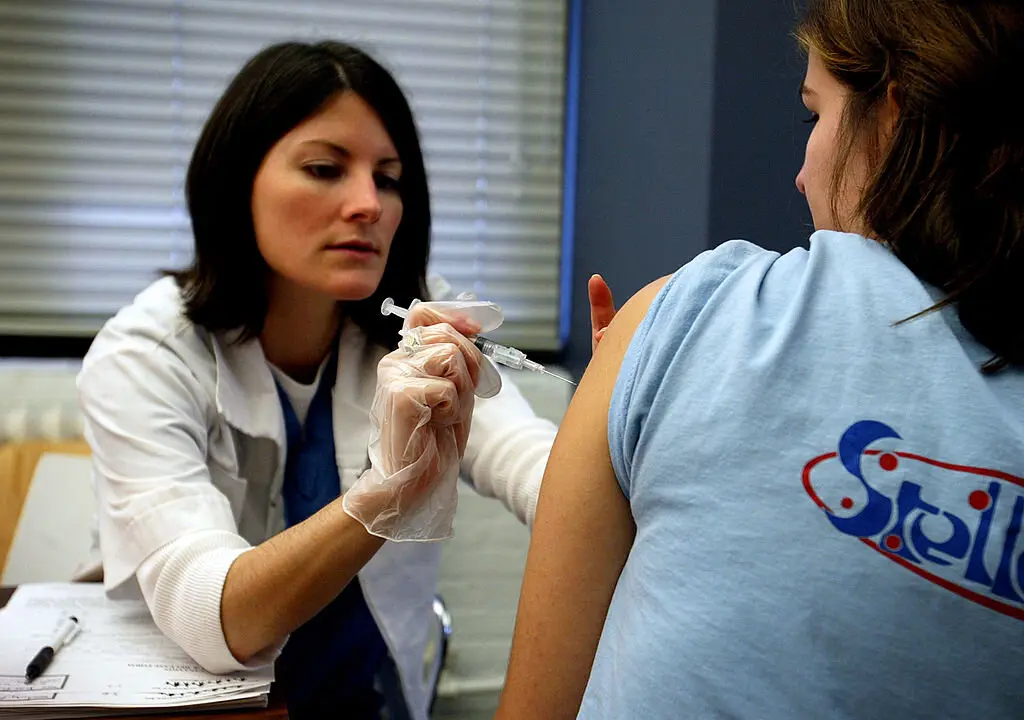A toddler from Arkansas has died from getting infected by a “brain-eating amoeba” after likely being exposed to the organism while playing in a splash pad.
Michael Alexander Pollock III, a 16-month-old boy, died on the evening of Sept. 4 at the Arkansas Children’s Hospital in Little Rock from an infection caused by amoeba Naegleria fowleri, the Arkansas Democrat Gazette said, citing a coroner. Though the Arkansas Department of Health (ADH) did not confirm the victim’s name, a Sept. 14 press release said that a state resident had died from Naegleria fowleri infection.





